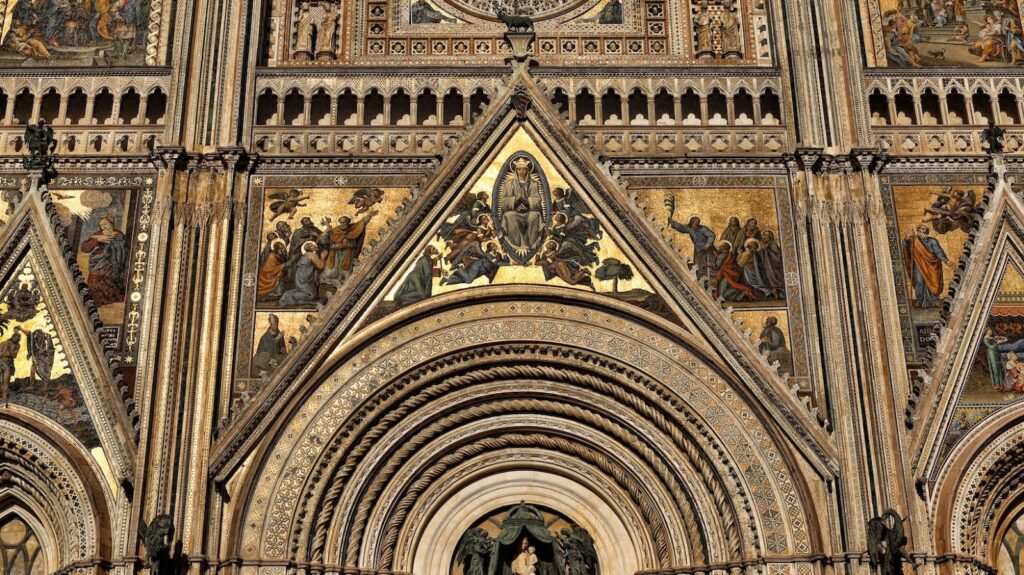During the Renaissance Italian Artists were Supported by Wealthy
During the Renaissance, Italian artists were fortunate to receive significant support from various sources. This support played a crucial role in fostering the artistic talents of these individuals and allowing them to create some of the most iconic works of art in history. In this section, I will explore the different avenues through which Italian artists found support during this transformative period.
1. Wealthy Patrons: One of the primary sources of support for Italian artists during the Renaissance were wealthy patrons. These affluent individuals had a deep appreciation for art and recognized the talent and potential of the artists of their time. They provided financial support and commissioned works of art, allowing artists to dedicate their time and resources to perfecting their craft. Without the patronage of these wealthy individuals, many artists would have struggled to sustain themselves and pursue their artistic endeavors.
2. Influential Institutions: Alongside wealthy patrons, influential institutions also played a significant role in supporting Italian artists. Institutions such as the Church, guilds, and aristocratic families recognized the importance of art and its impact on society. They provided artists with opportunities to showcase their work through exhibitions, competitions, and public commissions. By embracing the work of artists, these institutions not only provided a platform for their creativity but also contributed to the spread of artistic ideas and innovation.
3. The Medici Family: The Medici family, in particular, played a pivotal role in the support of Italian artists during the Renaissance. As prominent bankers and patrons of the arts, the Medici family not only commissioned numerous artworks but also created an environment where artists could thrive. They opened their palaces and gardens to artists, providing them with inspiration and fostering a sense of community among the artistic elite. The Medici family’s support not only benefited individual artists but also contributed to the flourishing of artistic expression in Italy.
4. Humanism and the Renaissance Spirit: The rise of humanism during the Renaissance also played a significant role in supporting Italian artists. Humanism emphasized the importance of human potential and the pursuit of knowledge and artistic expression. It encouraged artists to explore various themes, including the human form, classical mythology, and secular subjects. The humanist values of the time created an environment that valued and celebrated artists, leading to increased support and recognition for their work.
The support that Italian artists received during the Renaissance from wealthy patrons, influential institutions, the Medici family, and the humanist movement was instrumental in their success. This support not
The Renaissance and Its Impact on Italian Artists
The Definition and Characteristics of the Renaissance
During the Renaissance, Italy experienced a period of cultural and artistic rebirth. The Renaissance, meaning “rebirth,” was characterized by a renewed interest in the art, philosophy, and learning of ancient Greece and Rome. It was a time of great intellectual and artistic achievement, marked by a shift in focus from the spiritual to the human experience.
The Role of Italy in the Renaissance
Italy played a pivotal role in the development of the Renaissance. The country, with its wealth, urban centers, and thriving trade networks, became a hub of artistic and intellectual activity. Italian cities such as Florence, Rome, and Venice were at the forefront of this cultural movement, attracting artists, scholars, and patrons from all over Europe.
The Patronage System and Support for Italian Artists
In Italy, the patronage system played a crucial role in supporting and nurturing the talents of Italian artists during the Renaissance. Wealthy individuals, including nobles, aristocrats, and merchant families, recognized the value of art as a symbol of power, prestige, and cultural refinement. These patrons provided financial support, commissions, and resources to artists, enabling them to focus on their craft and produce their masterpieces.
One of the most influential patron families of the time was the Medici family. The Medicis, who ruled over Florence, were not only wealthy but also passionate about the arts. They sponsored artists such as Michelangelo, Botticelli, and Leonardo da Vinci, and their patronage helped these artists flourish and create some of the most celebrated works in history.
The support provided by wealthy patrons, influential institutions, the Medici family, and the humanist movement was instrumental in fostering the artistic talents of Italian artists and contributing to the extraordinary development of Renaissance art in Italy.
